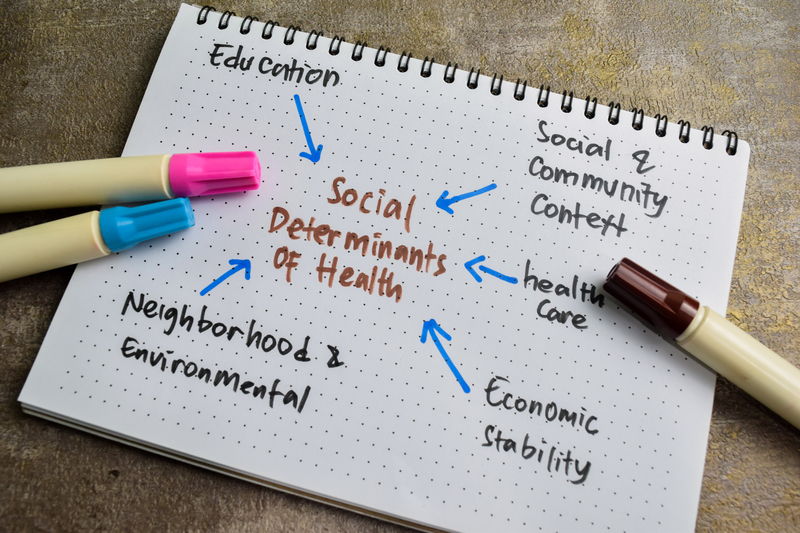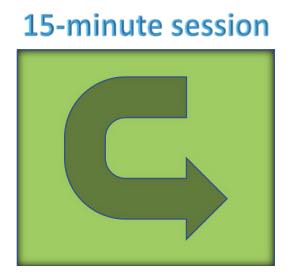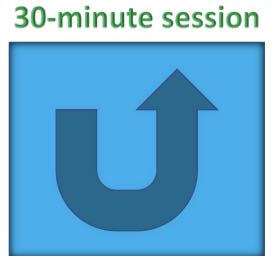The Human View™ Blog

Navigating the Future of VBs
The voluntary benefits (VB) landscape has rapidly evolved in 2024, with new products and tech-driven tools changing the way insurers, benefit consultants, and brokers support employer clients. Drawing on recent insights, including those from LIMRA, LOMA and SHRM/Gallagher, the industry is seeing trends in personalized offerings, health and wellness integrations, and the role of technology in facilitating these developments. Here’s an exploration of these trends and how benefit consultants and enrollment firms can best support their employer clients in leveraging them.

Demand for traditional and new VBs
Traditional VB products like accident, hospital indemnity and critical illness remain popular, but the SHRM / Gallagher report notes that legal plans are now in the top 3. And the combination of life insurance and long-term care continues to increase its prominence - and buyer share. Interestingly enough, with the rise of Millennials and Gen Z, there's even some emphasis on "reversing" the nomenclature to Long-Term Care + Life.

Newer data from LIMRA (chart at left) indicates that employees are also increasingly interested in products supporting comprehensive wellness, such as mental health services, telemedicine, and financial wellness programs.
APIs and real-time decision support
A significant advancement for VB in 2024 is the use of APIs, which enable seamless integration across benefit platforms. APIs facilitate real-time decision support, which has been particularly beneficial for VB sales and ongoing usage. By connecting with benefit administration platforms, APIs help employees make informed choices during enrollment and empower them to actively manage their benefits throughout the year. With AI tools like GenAI, benefit consultants can use these integrations to deliver personalized VB recommendations, making the selection process easier and more relevant.

Leveraging health claims data for proactive outreach
A promising new capability is the integration of health plan claims data into VB platforms. As the LIMRA/Aon chart at right highlights, benefit administrators can increasingly monitor health events, such as accidents or hospitalizations, that could signal when an employee may need to file a claim. For example, an accident-related ER visit could prompt a system alert, reminding the employee of their accident insurance benefits and guiding them through the claims process. Proactive outreach like this helps employees remember and effectively use their VB options, thus increasing perceived value and satisfaction with the VB programs.

Social determinants of health (SDoH) and personalized offerings
Social determinants of health (SDOH), including socioeconomic status and access to healthcare, continue to impact VB needs and decisions. Many employees from lower-income brackets prioritize income protection products, such as critical illness and disability insurance, over less immediate benefits. Better understanding SDOH will guide the collaboration between benefit consultants and enrollment firms - and their clients - to implement the optimal mix of programs and products to better align with employees’ circumstances. This will, of course, lead to higher satisfaction and engagement with VB offerings. The inclusion of SDOH also supports the trend of evolving VBs into personalized financial wellness tools, bridging health and wealth considerations.

Psychographic profiling for educating and motivating
Educating employees on the relevance and utility of their benefits portfolio is crucial for maximizing VB engagement. Psychographic profiling goes beyond that to find the motivational levers derived from employees’ values, lifestyle, and financial goals. For instance, by tailoring messaging to highlight specific life-stage needs (like retirement planning or emergency health coverage), employees can better understand how VBs enhance financial resilience and well-being. When employees not only understand how products are designed, and how they work, but also why they're relevant to that employee's needs, better adoption rates naturally ensue.
A roadmap for balancing innovation with relevance
For benefit consultants, enrollment firms, and product vendors, the challenge lies in balancing innovative offerings with the traditional VBs that employees still prioritize. Consultants must continue to evolve their guidance, enrollment firms must improve the ease and speed of decision-making, and product designers must continue to enhance and tweak towards a multi-generational and multiple-values-based workforce. Taken together, companies can better reach their goals of becoming a "preferred employer," and employees will more easily see that the grass may indeed be greener - right where they're standing.
The last word
Moving through O/E 2024-25, better navigating the voluntary benefits landscape offers consultants and vendors a unique opportunity to shape more meaningful, personalized benefit programs for their employer clients. Through integrated technology, proactive health claims management, SDOH considerations, and personalized education, VB programs can better meet employees' evolving needs. After all, employees' lives are far more than the snapshot transaction of annual enrollment, they're dynamic "movies" that unfold throughout the year. And, increasingly, they're demanding that employers and programs keep up.
~ Mark Head
© 2024. All Rights Reserved.
Click the green button or the blue button (below) to visit our scheduling pages.

Mark Head
President
With 4 decades of combined experience in employee benefits consulting, wellness and health management, Head brings a unique combination of dynamic perspectives into a clear vision of where the future of health care is moving - and it's moving towards deeper human connection, awareness, and engagement...
Follow Us On
© 2025 Benefit Personas, LLC. All Rights Reserved.





